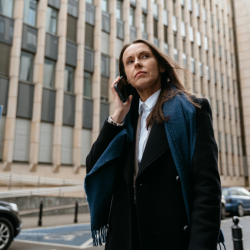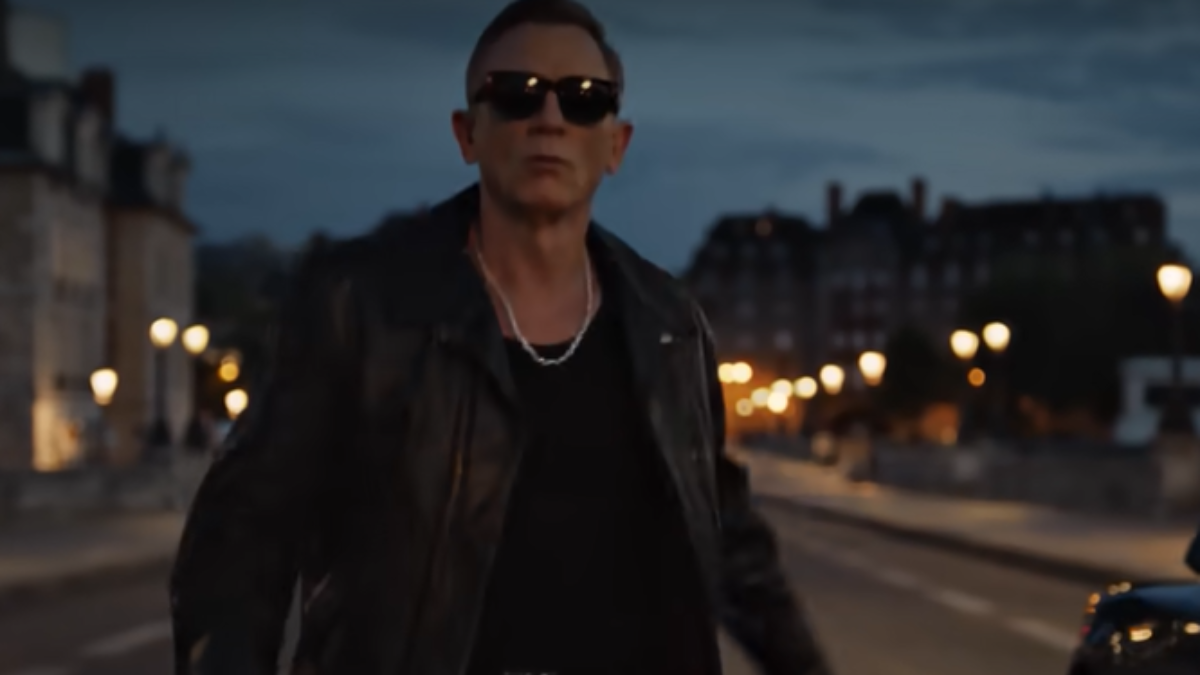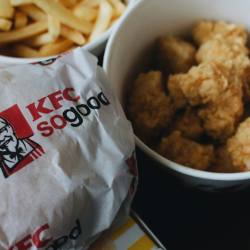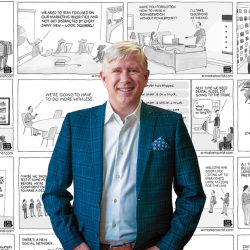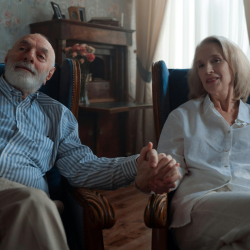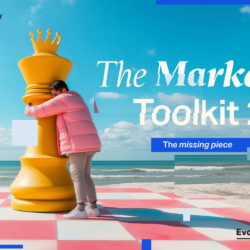The global happiness index is going down
The uncertainty index is going up. A new word, permacrisis, has entered the dictionary, which literally means a constant state of suffering, with no end in sight. I don’t have to tell you that things are bad, everybody knows things are bad. However, unlike Howard Beale in the iconic movie Network (1976), I don’t want you to get mad, I want you to get inspired. One thing we can learn from past periods of struggle is that when life give us lemons, it is creativity that pours the lemonade. A good book, movie, or any form of story offers the escapism we crave. Thanks to the Great Depression, Hollywood flourished and spurred a period of unmatched creativity that produced classics like Gone With The Wind (1939) and The Wizard of Oz (1939).
At the heart of brand building is our ability to tell a story. A story that creates a bond between brand and audience, a story that engages, and a story that even helps people to define who they are and who they want to project in the world. So, now when stories are urgently needed, here are three ways we can supercharge our storytelling:
Tell your story in unexpected spaces
As marketers we’re aware of the best channels to use to tell a story. From mass broadcast through to targeted social video and influencer content, the modern marketer knows how to orchestrate a finely tuned array of storytelling channels at one time. But going beyond the expected storytelling media can lead to impressive results. Finding an unexpected place to tell your story can amplify your message and help achieve much greater cut through. In the recent Relate campaign to tackle the rise in later life STIs the brand told its story through condoms cleverly disguised as seed packets on display in garden centres.
The fact that the medium was so unexpected meant it created a much bigger PR story that spread further, and the story was told and retold across newspapers, social media and even on chat shows like Loose Women.
Inspire your audience, don’t reflect your audience
When the pandemic started the instinctive reaction for many brands was telling sympathetic stories and reflecting the collective reality. Brands conveyed appropriate messages around togetherness and solidarity, letting people know they were not alone such as in Uber’s thank you for not riding.
But with time, the narrative evolved and bold brands starter to offer more empowering stories. Nike told us, you can’t stop us. These uplifting stories cut through as they offered light in the darkness and gave people confidence. Much of brand storytelling simply depicts the brand’s target audience living their lives. But if your story inspires, rather than just reflects, it will have a much bigger impact.
Don’t underestimate your audience’s attention span
Belvedere Vodka’s video of a dancing Daniel Craig left me mesmerized. Four months later, the video has a staggering 6.6M views. Taika Waititi’s Director’s Cut is 2.35min long, effectively proving that we don’t suffer from short attention span when it comes to interesting content. In fact, long-format storytelling has the power to create stronger connections, as captivating narrative stimulates the release of oxytocin in the brain and can foster brand loyalty (Wistia, 2020).
What’s more, creative content is king of organic. I played that video on repeat for the most part of December, shared it on my social channels and danced to the soundtrack in my living room. Good content is made to inter-react with. Say goodbye to three-second butchering, if your meat quality is good enough…
As storytellers in advertising, we may not be the ones who save the planet or solve the economy. But I’ll be damned if we can’t bring a brief moment of joy to people when everything else seems to suck. We must embrace our super power as storytellers and use our creativity to make a difference: because the campaigns we’re running are only as successful as the stories we’re telling.
Featured image: Daniel Craig for Belvedere Vodka



